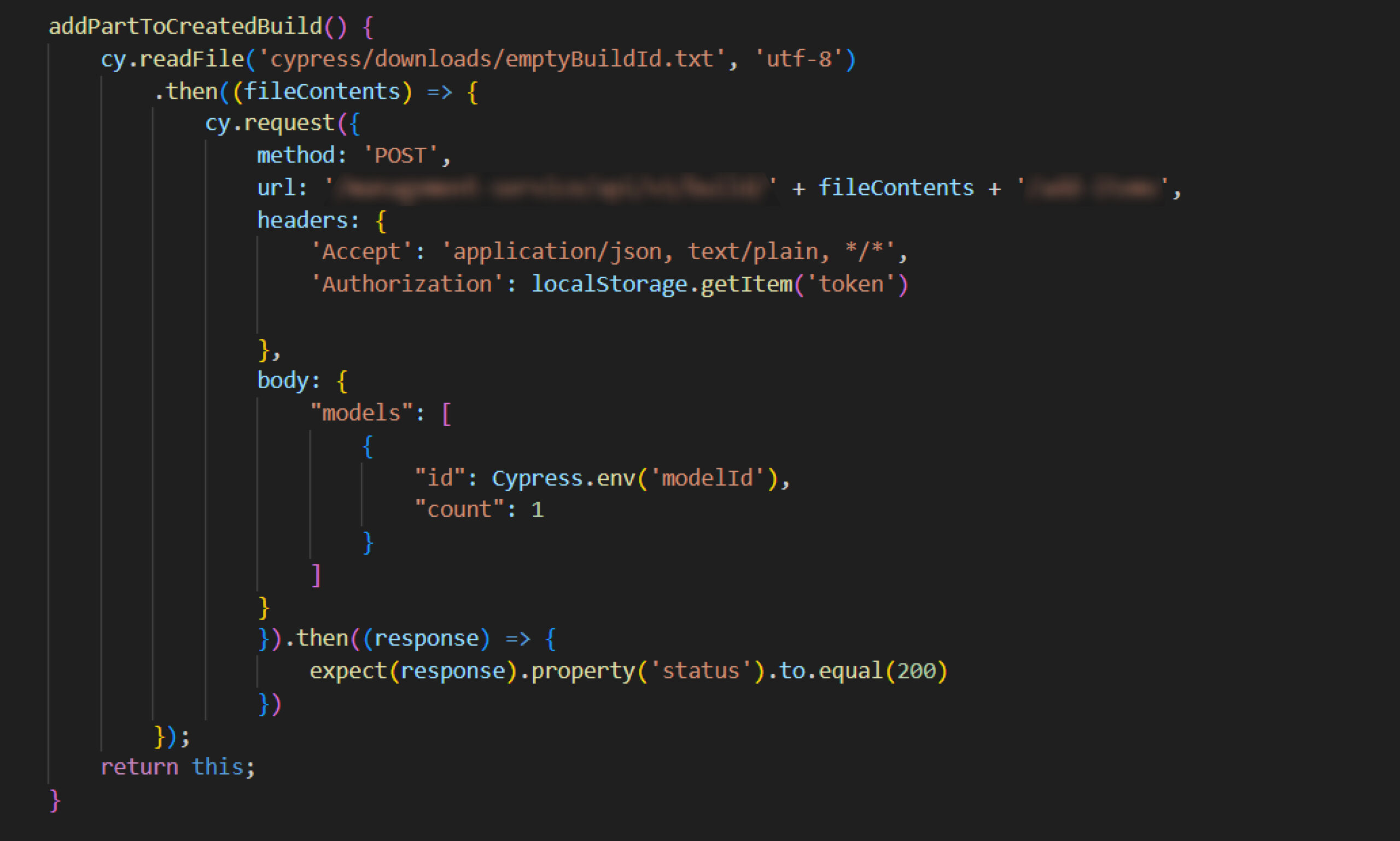Backend testing validates the functionality and performance of the server side of the software that processes data, interacts with the database, and provides interaction with the frontend. It is aimed at ensuring stable operation and security of the server.
Backend testing includes checking API (Application Programming Interface), databases, business process logic, error handling, and other non-user interface aspects.
The benefits of backend testing can be manifold:
- It allows identifying and eliminating errors when processing data on the server;
- It provides security by preventing confidential information leaks or attacks on the server;
- Performance testing allows you to optimize the server to serve requests efficiently.
Implement backend testing early on
APIs testing implemented at the beginning of development has several advantages:
- Quick feedback: API testing allows you to quickly test the basic functionality of your backend before the user interface is created. This provides quick feedback on data structure, business process logic, and query processing.
- Parallel development: Developers can work on the backend and frontend in parallel, as long as the API is well defined and tested. This allows for faster testing without waiting for all components to be completed.
- Interface stability: the API is the interface between the different parts of the application. If the API is stable and well tested, changes within the backend can occur without significantly impacting the frontend. This promotes more agile iterative development.
- Early problem detection: Testing APIs earlier in the development cycle helps identify potential problems and bugs that can be costly later in development.
- Security: Early API testing helps identify potential security issues such as mishandling of data or vulnerabilities. This allows you to take steps to secure the application in advance.
- Simplify debugging: If the API is well tested, if there are interaction issues between components, you can focus on the frontend knowing that the backend is working correctly.
Popular tools for API testing
Conducting backend testing using Postman or Swagger can be convenient and efficient. Here’s how you can use each of them:
Postman:
- Create a collection of requests in Postman to test various API endpoints.
- Define test cases, including different inputs and expected results.
- Use Postman functionality to automate tests, including environment variables, test scripts, and more.
- Conduct testing at various stages of development, including testing successful requests, error handling, security and performance testing.
Swagger:
- Use Swagger for documentation of your API. It can serve as a source of information about available endpoints and their parameters.
- Use the API testing tools built into Swagger to send requests to the server and test the responses.
- Create test scenarios that reproduce typical usage scenarios and test them using Swagger UI or integrated test tools.
- QA tester also can use Swagger Codegen to generate client libraries based on API descriptions and include them in automated tests.
Both approaches can be combined for complete backend testing. Postman provides a convenient environment for creating and running tests, while Swagger can serve as a source of documentation and automatically generated test scripts.
Quick Postman overview and an example of a complex testing scenario
Postman is a tool for API testing, test automation, creating and sending HTTP requests. It provides an easy-to-use user interface that allows developers to easily interact with APIs, track requests, and test responses.
Key features of Postman include:
- Creating and sending requests: Developers can easily create HTTP requests (GET, POST, PUT, DELETE, etc.), add parameters, headers and request body.
- Environment variable management: Postman allows defining environment variables, which is useful when testing in different environments (e.g. development, testing, production).
- Test Automation: Postman supports writing and executing automated test scripts using JavaScript. This allows you to validate responses against expected results.
- Query Collections: Developers can organize queries into collections for easier management and reuse.
- Documentation generation: Postman can generate documentation for your API based on the queries created, making it easier to understand and use the API.
- Collaboration: Postman provides collaboration functionality, allowing developers to share query collections and test results.
Overall, Postman simplifies the process of testing and interacting with APIs, making it more convenient and efficient for developers.
API tests to help with basic testing
In addition to standard backend testing, API queries can help with complex scenarios with preconditions. For example, calculating prices for the final product depending on selections, discounts, and more. Below is an example of how we made API helpers for E2E tests using Cypress on one of our projects:
In this test, we take the Part data from the documentation file and send a POST request to the server with some parameters. Then after creation, we check that the request was successful and the Part appeared in the order. This is just one of the examples of how backend testing implementation can help.
What you need to organize backend testing
To setup backend testing on your project, you will need a few key elements:
- Test Environment: A customized test environment that can be separate from the production environment. This can include a test database, test servers, and other resources.
- Test Data: The generation or provisioning of test data that is used to verify the performance of the backend. This can include a variety of input data to handle different usage scenarios.
- Test scenarios: Defining test scenarios that cover various aspects of the backend such as successful and unsuccessful requests, error handling, security and performance.
- Test tools: Selecting and configuring tools for testing. This may include test automation frameworks, security testing tools, performance testing tools such as JMeter or Gatling.
- API documentation: Access to API documentation that describes available endpoints, request parameters, and expected responses. This can be created using tools such as Swagger.
- Version control system: Utilize a version control system for backend code and test scripts. This helps to maintain a clear change history and synchronize code with test scripts.
- Continuous Integration and Deployment: Integrate backend tests into the Continuous Integration and Deployment (CI/CD) process to automate test execution with every code change.
- Reporting and Monitoring: A mechanism to collect test results, generate reports, and monitor backend performance after changes are made.
With these elements in place, you can efficiently organize backend testing, ensuring the stability and reliability of your software.
Conclusion
Here are a few more examples of why backend testing is so important:
- Executing requests to the server and verifying that they work correctly can take seconds. The whole set of tests may take no more than a couple of minutes, which allows you to quickly check the operability of the application on the server side immediately after the code is uploaded.
- Test isolation will allow you to perform separate tests of both the server part to save time and full scenarios
- Usually, server-side development starts earlier than client-side development because it does not require synchronization with UI and interaction logic. It is important to ensure backend testing already at this stage, without having testers’ downtime.
Backend testing is a crucial part of product development that ensures the reliability and stability of the entire system. It helps identify and rectify any issues or bugs early in the development cycle, thereby enhancing the overall stability and performance of the software.
IT-Dimension provides IT consulting, software development, and product enhancement services for a wide range of industries. Contact us to discuss the implementation of testing approaches and other aspects of development for your product!









